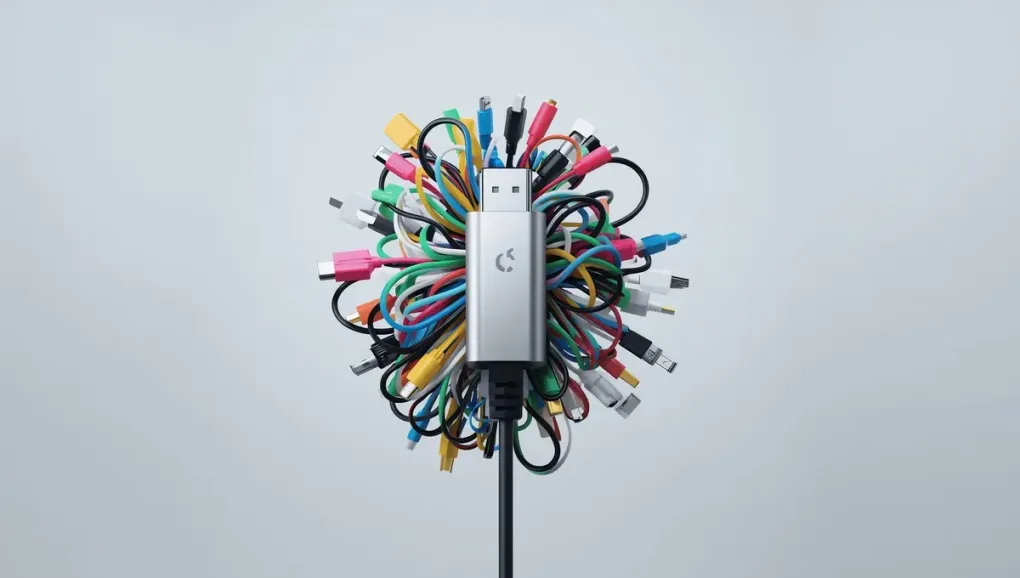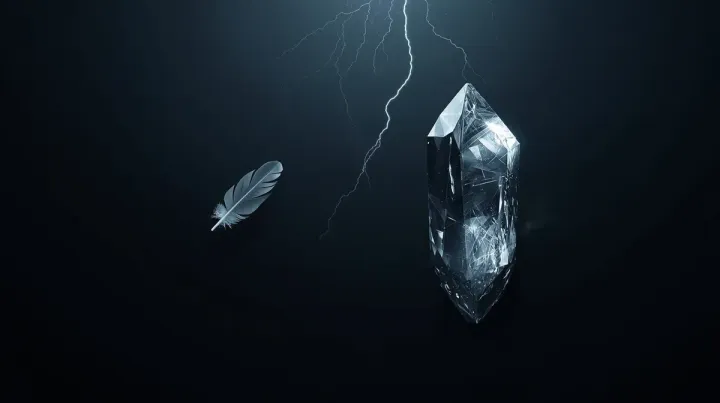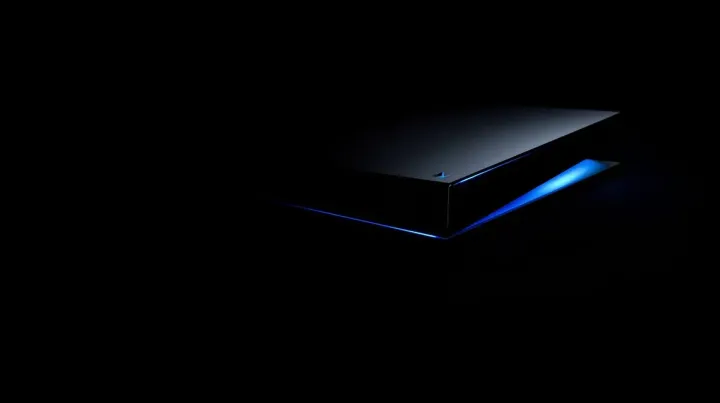
The Simplicity That Became a Lie: Why Your USB-C Cable is a Mess
Remember the promise? One cable to rule them all. A single, elegant, reversible connector that would finally end the drawer-full-of-cables chaos. No more fumbling with USB-A, no more fragile Micro-USB, no more juggling a dozen different proprietary power bricks. USB-C was supposed to be the answer, the one connector for your laptop, your phone, your monitor, your camera—everything.
The dream, in a way, came true. The connector is now ubiquitous. But the dream came with a hidden, nightmarish cost. The plug itself is simple, but the technology inside that plug has become a minefield of confusion, turning the simple act of buying a cable into a frustrating game of spec-sheet roulette. The simplicity of the connector has become a lie, masking a deeply complicated reality.
The Core Problem: The Connector is Not the Protocol
The fundamental issue, the one that causes all the confusion, is this: USB-C is just the shape of the plug. That’s it. It’s a physical standard. The capabilities of that plug—how fast it transfers data, whether it can carry video, how much power it can deliver—are determined by the protocol it supports. And many different protocols can run over that same, identical-looking connector.
Think of it like this: the USB-C port is a brand new, eight-lane superhighway. But just because the road exists doesn’t mean every car is a Ferrari. The cable, your laptop, and your charger are the cars. Some are Ferraris, capable of using all lanes at maximum speed. But many are cheap scooters, limited to the slow lane, even though they’re driving on the same superhighway. The connector is the road, but the protocol is the vehicle.
A Quick Tour of the Chaos
So what’s actually running on that highway? A dizzying array of competing standards that all use the same plug. When you buy a USB-C cable, it could be supporting any one of these, often with little to no clear labeling.
-
Data Transfer Speeds: You might assume any USB-C cable is fast, but you’d be wrong. Many cheap cables sold today, especially “charging” cables, only support USB 2.0 speeds: a pathetic 480 Mbps. For anything faster, you need a cable that supports USB 3.2, which itself is a mess of naming conventions (Gen 1 for 5 Gbps, Gen 2 for 10 Gbps, and Gen 2x2 for 20 Gbps). And then there’s USB4, which can hit 40 Gbps.
-
Power Delivery (PD): This is the big one. A tiny cable that can charge your phone might only deliver 15W of power. A proper USB-C PD cable is needed for a laptop, but even those come in different ratings, typically 60W, 100W, or the newer 240W standard. Using the wrong one means your device will charge painfully slowly, or not at all.
-
Video Output: Want to connect your laptop to a monitor? You need a cable and a port that support DisplayPort Alternate Mode. Does the cable you just bought support it? Does the port on your laptop support it? Good luck. There’s often no way to tell just by looking.
-
The King: Thunderbolt™: To make things even more confusing, Intel has its own high-performance standard, Thunderbolt (now on version 5), which also uses the USB-C connector. Thunderbolt is the “do-everything” protocol—it guarantees high-speed data (40 Gbps or more), power delivery, and video output. But it requires more expensive, actively-powered cables and specific Thunderbolt-certified ports on your devices, usually marked with a small lightning bolt symbol.
The Real-World Nightmare
This theoretical mess leads to concrete, everyday frustrations. You buy a new cable that looks identical to the one that came with your laptop, only to find it won’t connect to your external monitor. You plug your friend’s charger into your laptop and watch the battery drain while it’s plugged in because the charger or cable doesn’t support the required Power Delivery wattage. The promise of “it just works” has been replaced by “it might work, depending on a dozen variables.”
Is There Any Hope?
The USB Implementers Forum (USB-IF), the body responsible for this standard, is aware of the problem. They’ve introduced new logos and branding guidelines to certify cable capabilities, indicating both data speed and power wattage. The USB4 standard was also designed to help by making more features mandatory.
But the reality is that manufacturers, especially on the cheaper end of the market, often don’t bother with the certification or clear labeling to save costs, leading to a flood of non-compliant and confusing products.
How to Survive the Cablepocalypse
So how do you navigate this? The dream of grabbing any cable and having it work is dead. For now, the burden is on the consumer.
- Buy from Reputable Brands: Avoid the bargain bin. Brands that specialize in cables and accessories are more likely to label their products correctly.
- Look for the Logos: If you need performance, look for the Thunderbolt lightning bolt. For charging, look for the official USB-IF logos that state the wattage (e.g., 100W).
- Read the Fine Print: When in doubt, read the product description and specs carefully before you buy.
USB-C is a marvel of engineering, a truly universal physical connector. But it’s a catastrophic failure of branding and standardization. It solved the physical problem of plugging things in, but in doing so, it created a far more insidious and confusing problem for the average person. One plug, many standards, and a whole lot of confusion.


